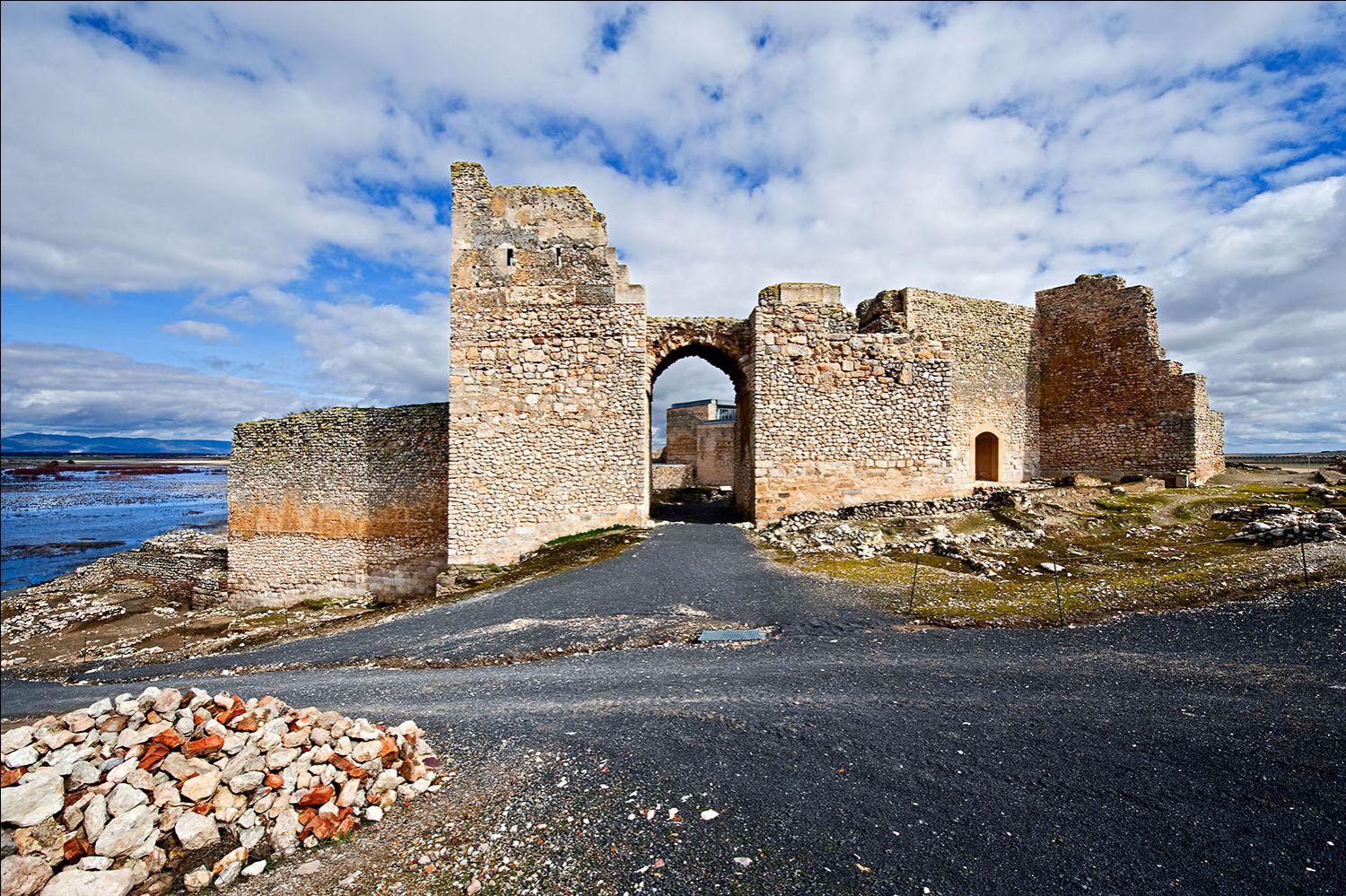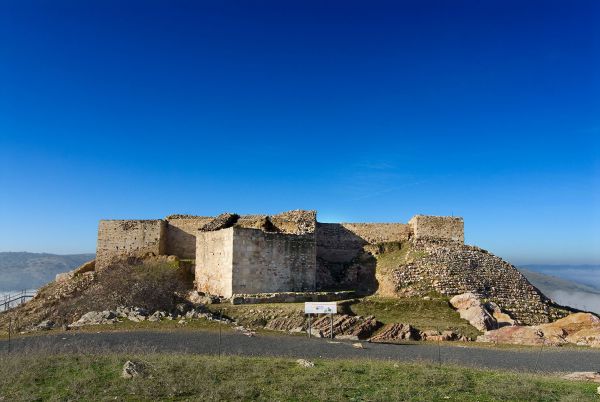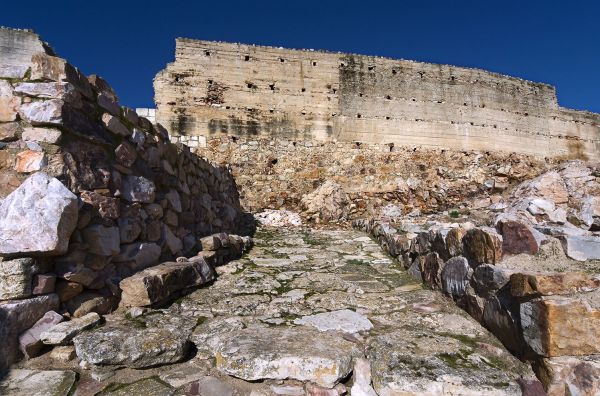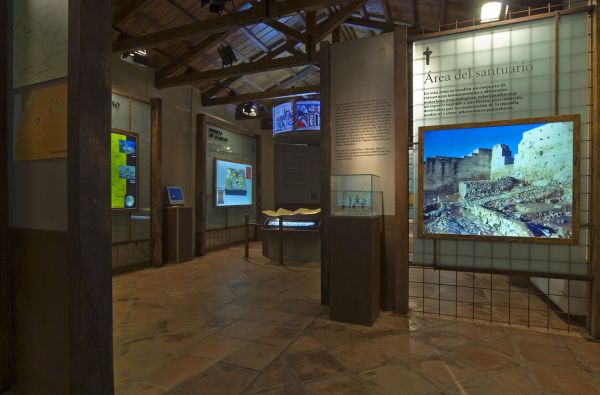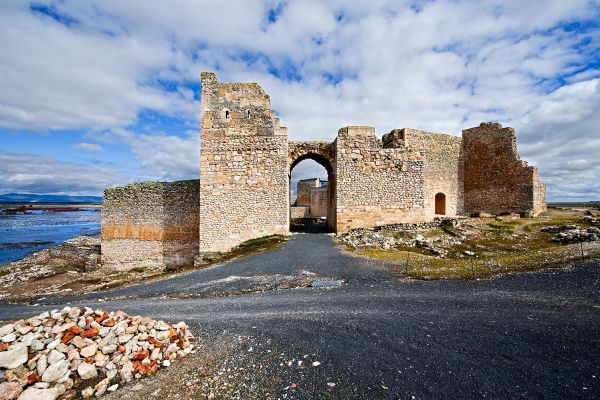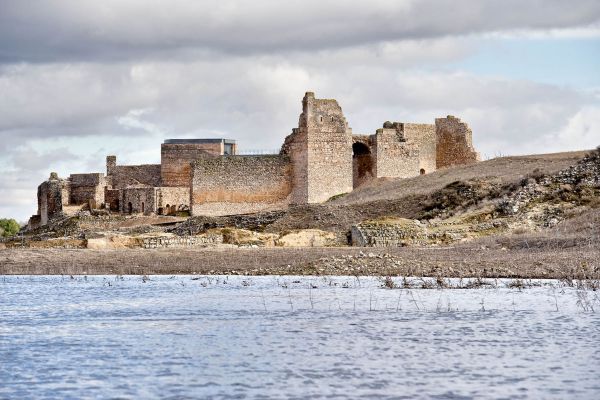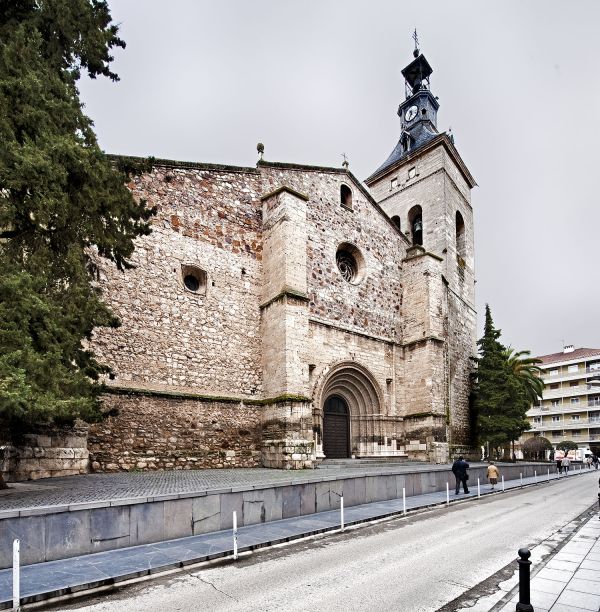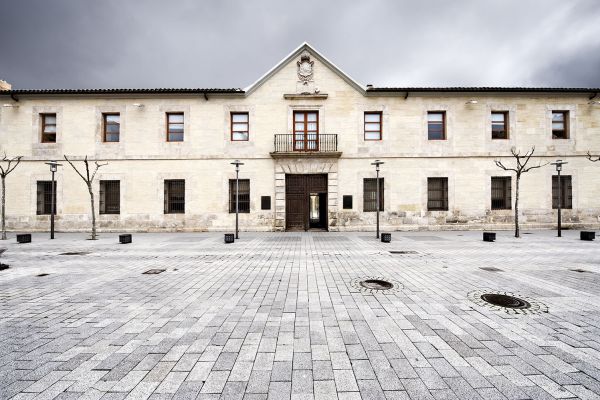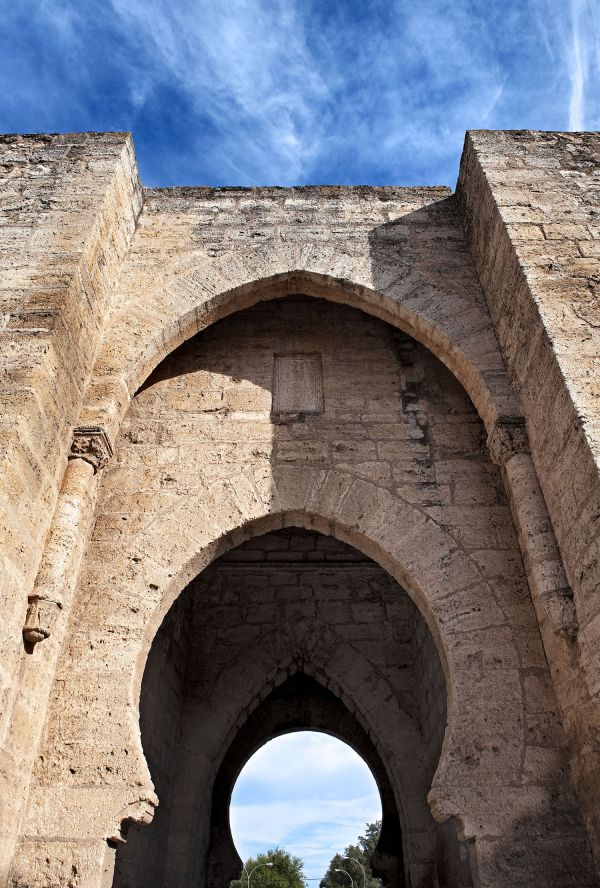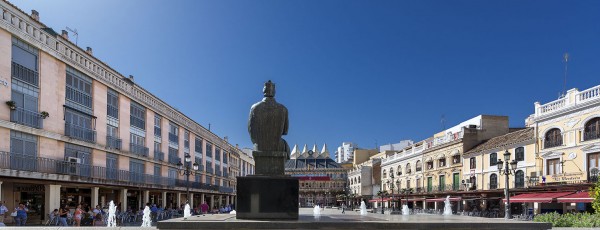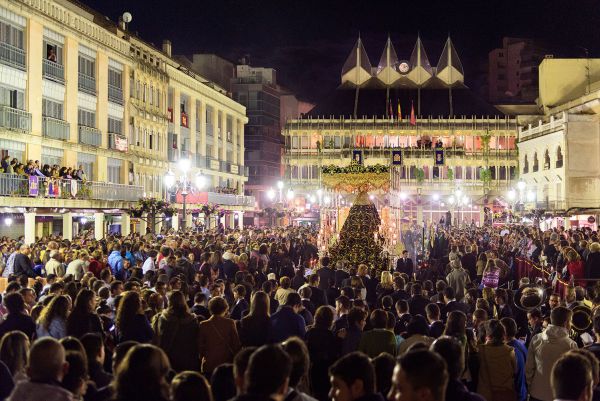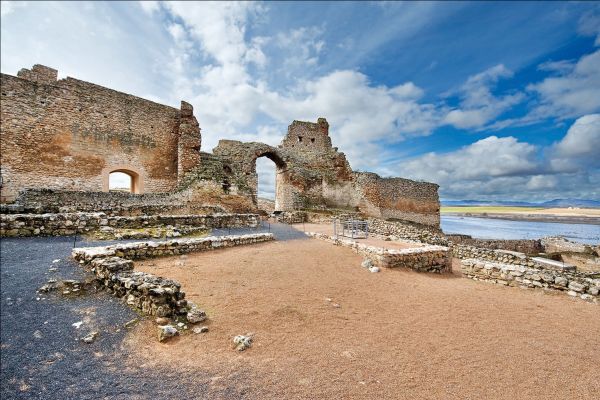Ciudad Real. Between Alarcos and Calatrava la Vieja
Ciudad Real
If you want to learn about the origins of Ciudad Real, and delve into its past, we recommend taking two small trips, just 10 km outside the city; two excursions for visiting the Alarcos Archaeological Park and the Calatrava la Vieja Archaeological Park.
To the west, on the Alarcos hill, there are the remains of settlements from the Bronze Age to the Middle Age and, with the help of guides and audiovisual displays, we learn about the old city and its residents up to the famous battle of Alarcos (1195), when the troops of Alfonso VIII were defeated by the Almohad Caliphate.
A little later, Alfonso X, after several unsuccessful attempts to repopulate Alarcos, decided to create a new city, called Villa Real, in the town known as Pozuelo Seco de Don Gil.
Contact telephone number: 926 25 52 00
Email address: administracion@museov.ayto-ciudadreal.es
10 km to the east, on the banks of the Guadiana, lies Calatrava la Vieja. Originally, this is one of the oldest Islamic cities in the Peninsula –already cited in the times of Abderramán I, and in 785– and reached its peak splendour in the 9th century when it became a capital of an extensive Muslim region. In the 12th century, the city changed hands and became Christian, and the Order of Calatrava was founded. We are in the birth place of the Order of Calatrava, the first Hispanic military order established for the defence of the territory from the Almohad threat, playing a key role in the Reconquest and building one of the most powerful orders due to its economic and military capacity.
The settlement itself is divided into two zones, separated by a large wall: the fortress and the medina, with the suburbs outside this area. There are 43 towers surrounding the wall, and the unique ‘corachas’ (stretches of wall), ideal for supplying the city’s water if enclosed.
There are remains of rooms and paved streets as reminders of the mosques, bathrooms and businesses.
For information, advance bookings and guided tours: 926690654 and 926814081.
Already in Ciudad Real, we find traces of the past when the city started to take shape: the Puerta de Toledo (Toledo Gate), the only remains of the old wall, located on the old road connecting Seville and Toledo. The main square, which retains the house of the Arch (15th century), the former city hall building. Here, at certain points in the day, a chiming clock with several figures including Cervantes, Don Quixote and Sancho Panza appears above the street level. The current city hall is on the main square, an iconic Neo-Gothic building erected in 1976 by the architect Fernando Higueras. The Cathedral of Our Lady of Prado, which was originally a primitive chapel built between the 13th and 14th centuries and now with only a door and rose window at the foot of the cathedral building, the Perdón door. The cathedral’s centre piece is inside: the high altarpiece, the masterpiece of Giraldo de Merlo. Lastly, the military base was the fortress, in the upper parts, with the tower still standing.
In addition to the aforementioned Santa María del Prado Cathedral, two Gothic churches catch the eye in terms of the city’s religious heritage.
The church of St. Peter (14th century), a real treasure featuring the Perdón door and the chapel of Don Fernando Alonso de Coca. The Church of Santiago (13th century), in the old Jewish quarter, has impressive Mudejar artwork.
There are noteworthy civil buildings such as the Real Casa de la Misericordia (Royal House of Mercy), the current Castilla-La Mancha University rectorate building, the Medrano Palace, the current seat of the regional government, or the Hernán Pérez del Pulgar House, the current Manuel López-Villaseñor Municipal Museum.
There are several green areas in the city, such as the Prado gardens, the Atocha park or the Gasset park. The latter is the most visited of the three, and features sculptures and fountains, with the noteworthy “Talaverana Fountain”, richly decorated with Talavera ceramics.
Two festivals catch the eye in Ciudad Real: Domingo de Piñata (‘Piñata Sunday’), during the Carnival, with processions that have been declared a Festival of Regional Tourist Interest; and La Pandorga, 30 and 31 July, the large festival in Ciudad Real which represents the local farmers’ gratitude to the Virgin of Prado for the fruits of the harvest.
May also be of interest to you
Castilla-La Mancha Tourism in 2023. All rights reserved.
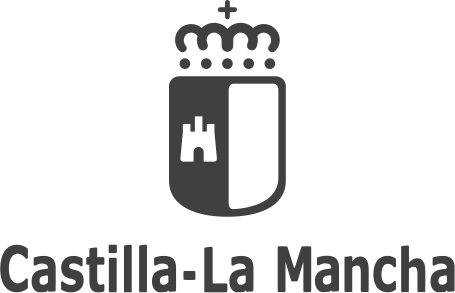
 365
365
